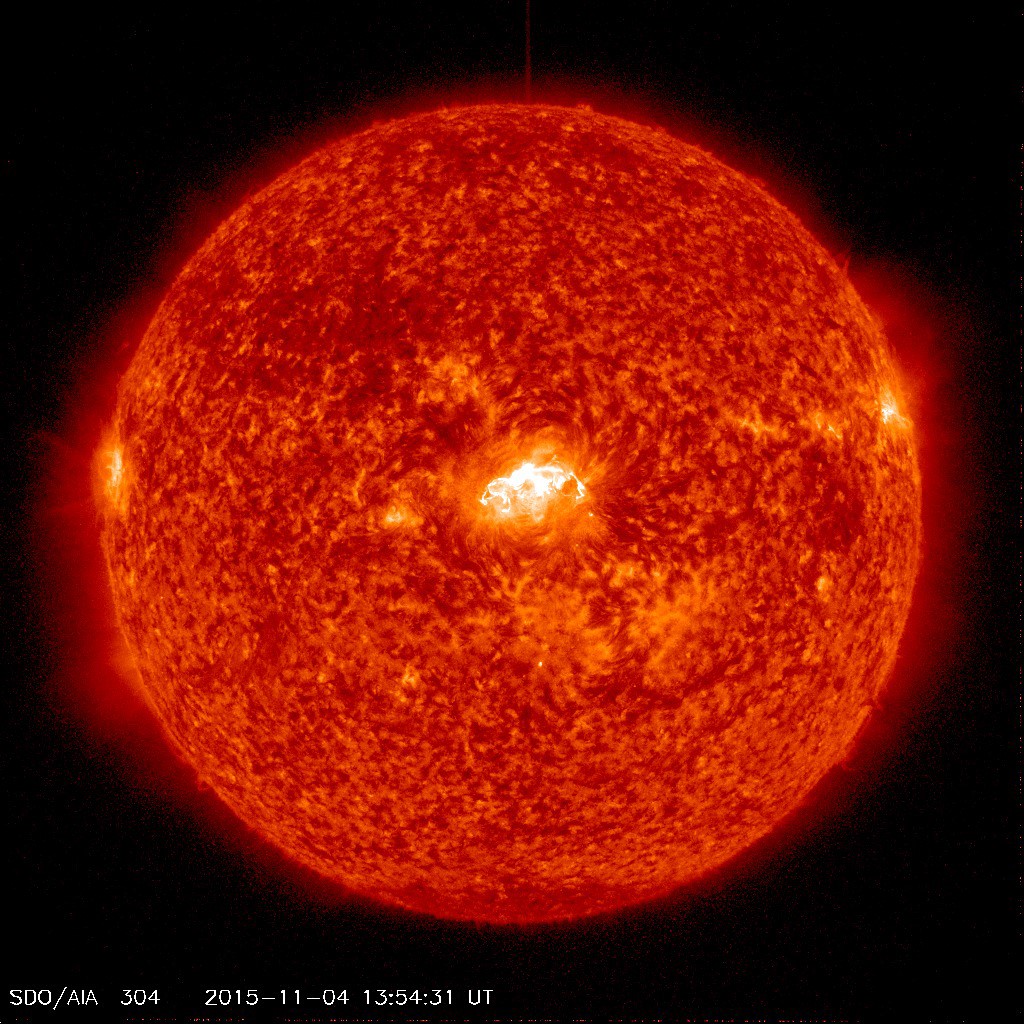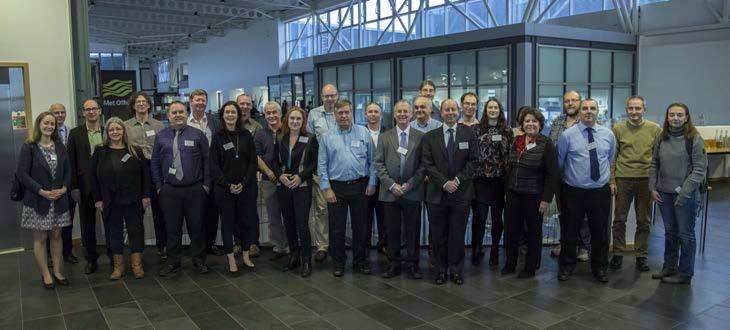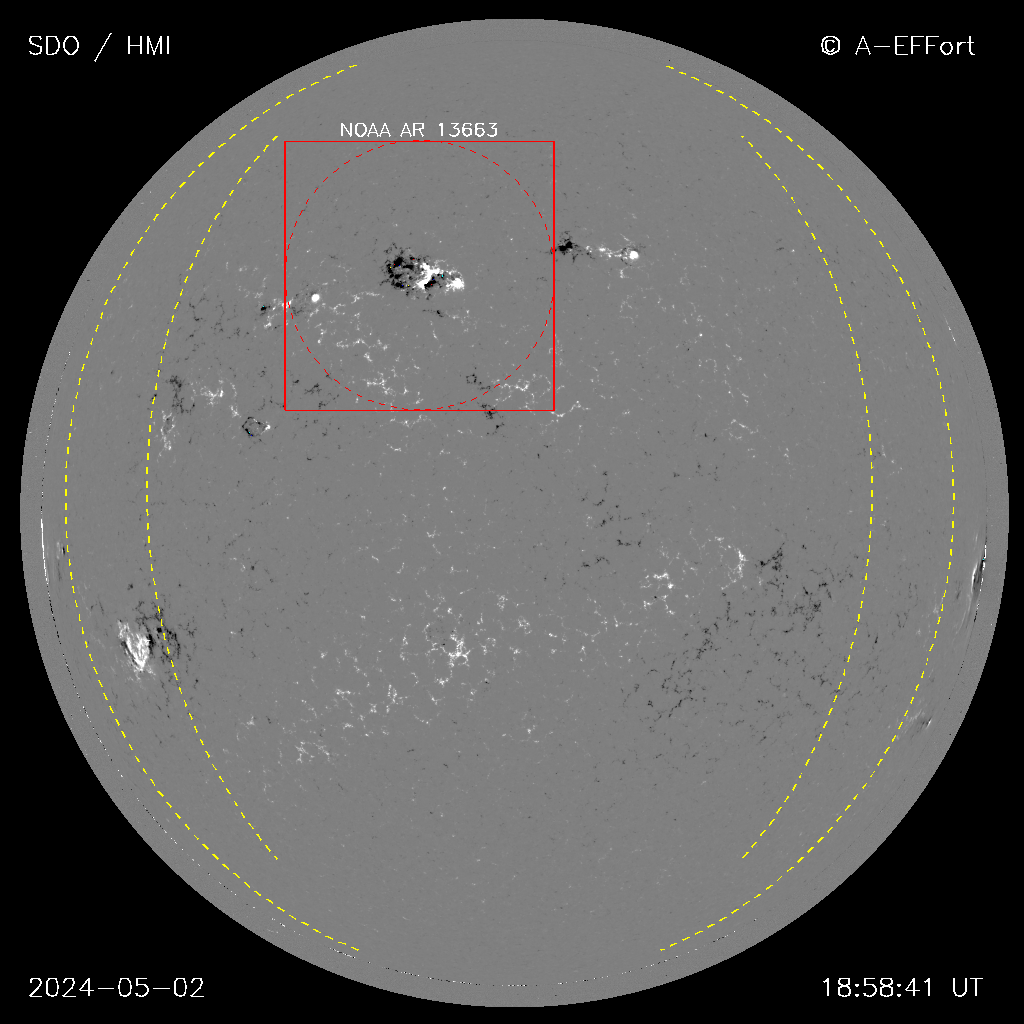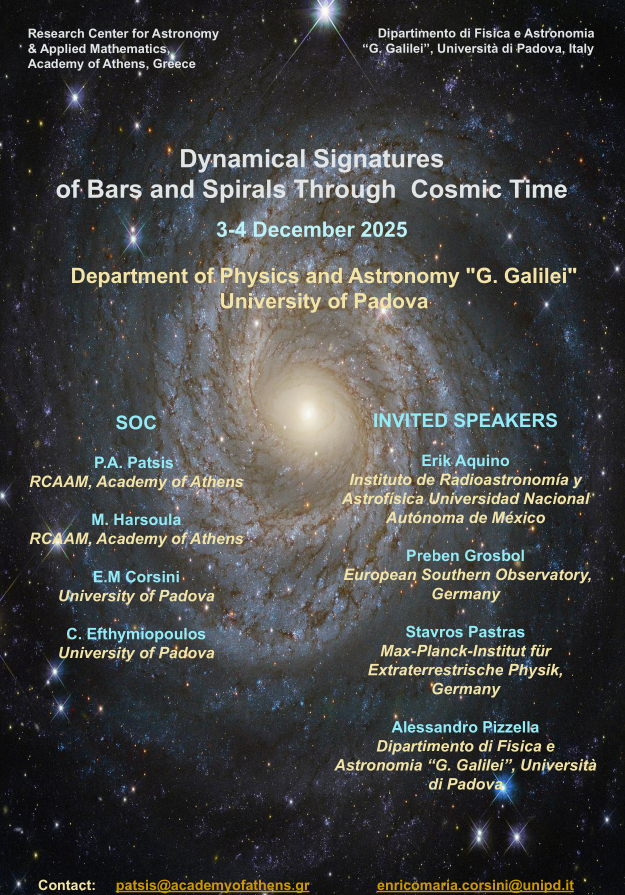Preparing for the next big solar storm: Scientists and users plan the solar-flare forecasting system of the future
The sun is currently in a quiet phase, but the next activity peak is foreseeable. It is expected to start in five years; enough time to prepare for the next big solar-storm. Scientists and representatives of industrial sectors affected by space weather met at the MetOffice to discuss how the solar-flare forecasting system FLARECAST must be designed to best serve user needs.
"It is not a question of whether a severe solar flare will occur but of when" says the project manager of the solar-flare forecasting service FLARECAST Manolis Georgoulis. "And nobody knows how big it will be."
We become increasingly dependent on space-based technologies. As a consequence, we are vulnerable to the threats of adverse space-weather, in particular when GPS is involved. “You may be more often affected by a solar-flare than you might realize because many times its effects are not reported” sais Sophie Murray from Trinity College Dublin. There is a need not only for forecasting space weather but also for monitoring the effects of it.
Several governments already included space-weather into their natural disaster catalogue. However, consistent mitigation plans are still lacking. A central prerequisite for such a plan is a reliable forecasting system so measures to protect human assets in space and on earth can be taken in time.
Last week, representatives of satellite operators, aviation companies, government organisations and defence agencies met with scientists from Greece, Ireland, Switzerland, France, UK and Italy at the British meteorological organisation MetOffice in Exeter. Together, they worked on the solar-flare forecasting system of the future: FLARECAST, bridging the gap between recent scientific and technological advances and the requirements of the end users. Just in time for the next big solar-storm.
Links
http://flarecast.eu
http://flarecast.eu/media
http://flarecast.eu/industry/first-stakeholder-workshop
Media Contact:
Dr. Manolis K. Georgoulis
Senior Researcher, Academy of Athens, Greece.
E-mail: manolis.georgoulis@academyofathens.gr
Tel: +30 210 6597103
Dr. D. Shaun Bloomfield,
Reader in Extreme Environments, Northumbria University, United Kingdom
E-mail: shaun.bloomfield@northumbria.ac.uk
Tel: +44 (0)191 243 7933
FLARECAST has received funding from the European Union's Horizon2020 research and innovation programme under grant agreement No. 640216. Its period of performance is January 2015 - December 2017.

Size of a solar flare compared to the size of the earth. Image credits: NASA/GSFC/SDO

Air traffic grounded in Sweden due to this solar flare on November 4th, 2015. Image credits: NASA/SDO

Space weather affects technology in space and on the earth. Image credits: NASA

Attendees of the FLARECAST First Stakeholdes Workshop at Met Office, Exeter, UK, 12 – 13 January 2017.




